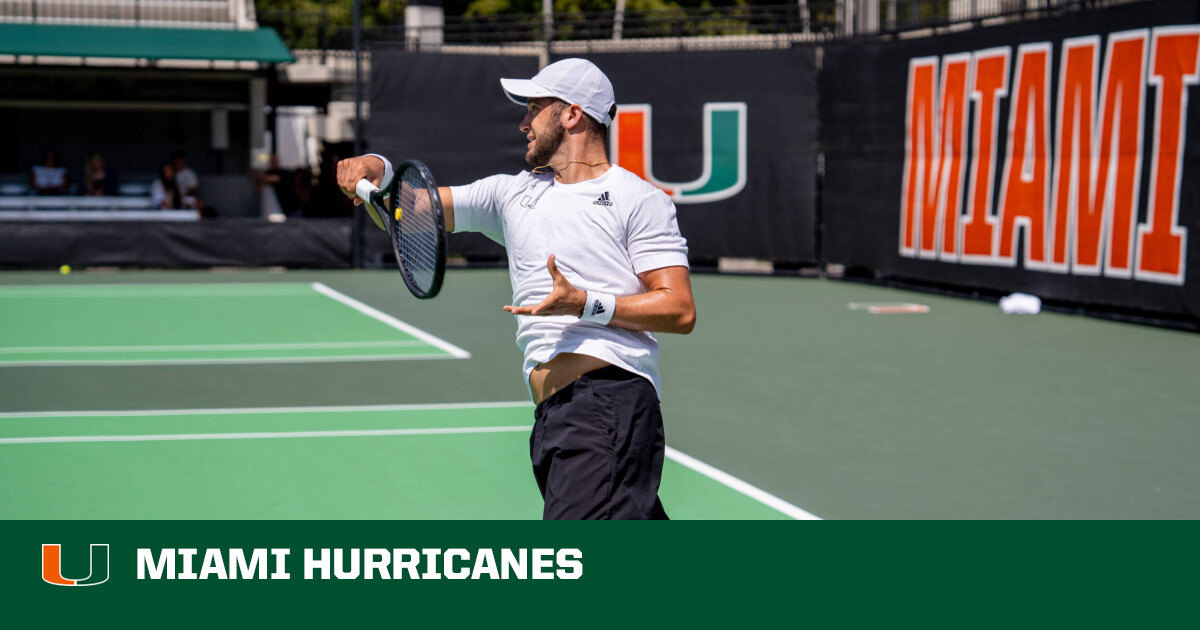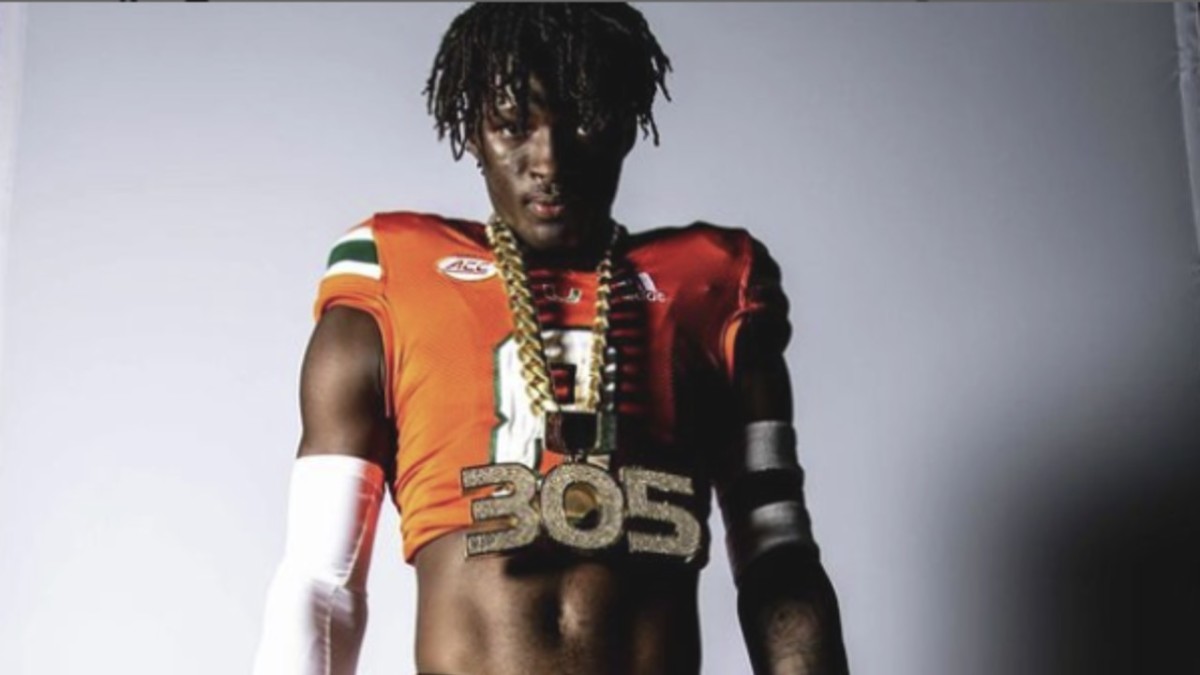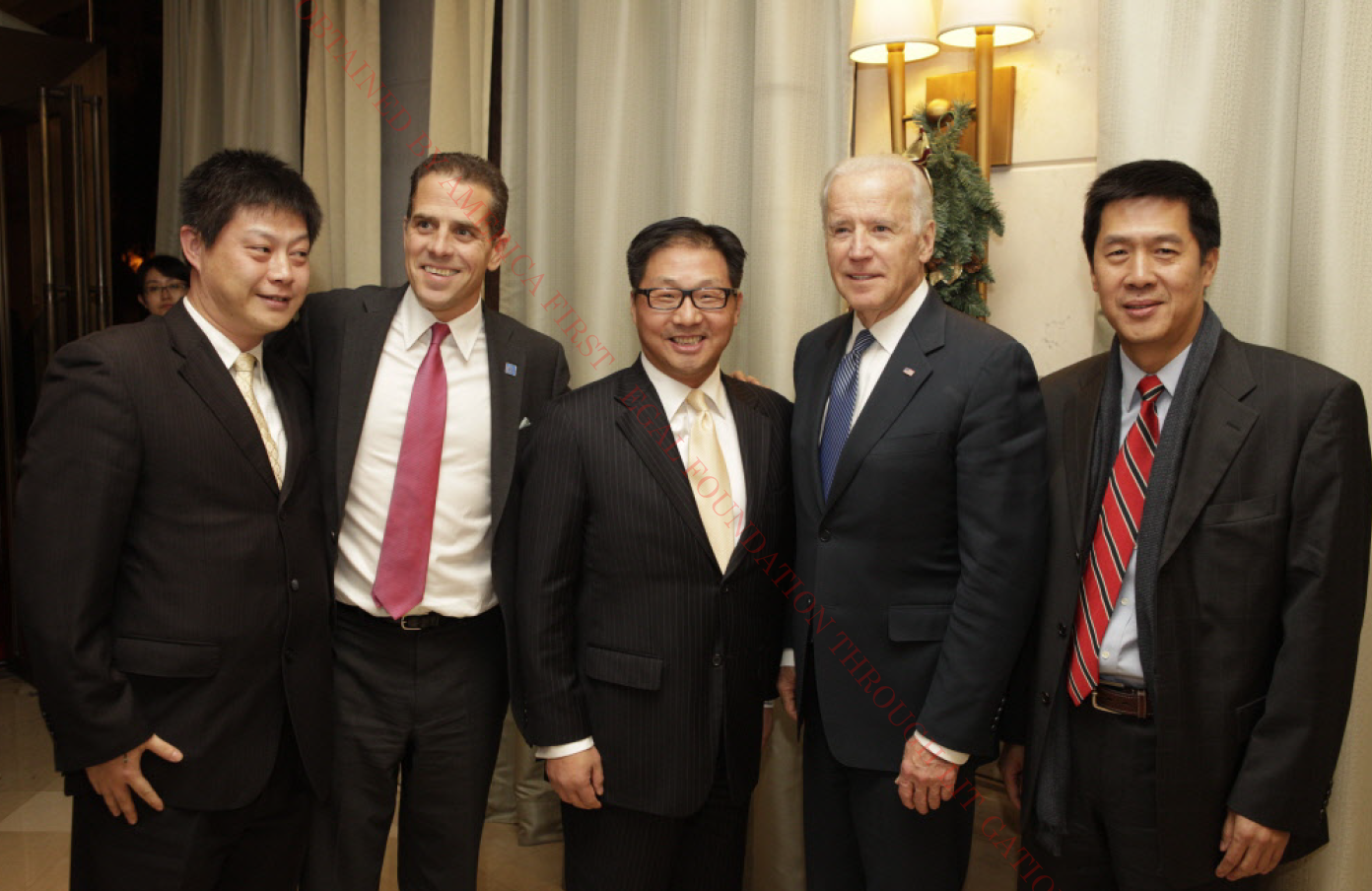Associated Press
Philadelphia 76ers (11-17, 12th in the Eastern Conference) vs. Utah Jazz (7-22, 14th in the Western Conference)
Salt Lake City; Saturday, 9:30 p.m. EST
BOTTOM LINE: Utah aims to stop its five-game home slide with a victory against Philadelphia.
The Jazz are 2-10 on their home court. Utah has a 2-3 record in games decided by less than 4 points.
The 76ers are 6-8 on the road. Philadelphia gives up 110.5 points to opponents while being outscored by 4.1 points per game.
The Jazz’s 14.0 made 3-pointers per game this season are just 0.6 more made shots on average than the 13.4 per game the 76ers allow. The 76ers average 12.0 made 3-pointers per game this season, 2.9 fewer made shots on average than the 14.9 per game the Jazz allow.
TOP PERFORMERS: John Collins is averaging 17.7 points and 8.2 rebounds for the Jazz.
Tyrese Maxey is scoring 25.7 points per game with 3.9 rebounds and 5.4 assists for the 76ers.
LAST 10 GAMES: Jazz: 3-7, averaging 114.5 points, 45.2 rebounds, 25.6 assists, 6.3 steals and 6.2 blocks per game while shooting 48.3% from the field. Their opponents have averaged 121.5 points per game.
76ers: 7-3, averaging 108.6 points, 41.4 rebounds, 22.9 assists, 9.8 steals and 3.3 blocks per game while shooting 46.2% from the field. Their opponents have averaged 107.7 points.
INJURIES: Jazz: Jordan Clarkson: day to day (plantar), John Collins: day to day (hip), Keyonte George: day to day (ankle), Taylor Hendricks: out for season (fibula).
76ers: Jared McCain: out (meniscus), Andre Drummond: day to day (toe), Eric Gordon: day to day (illness), KJ Martin: day to day (foot).
___
The Associated Press created this story using technology provided by Data Skrive and data from Sportradar.














/cdn.vox-cdn.com/uploads/chorus_asset/file/25334825/STK466_ELECTION_2024_CVirginia_E.jpg)












/cdn.vox-cdn.com/uploads/chorus_asset/file/24924653/236780_Google_AntiTrust_Trial_Custom_Art_CVirginia__0003_1.png)




/cdn.vox-cdn.com/uploads/chorus_asset/file/25672934/Metaphor_Key_Art_Horizontal.png)

